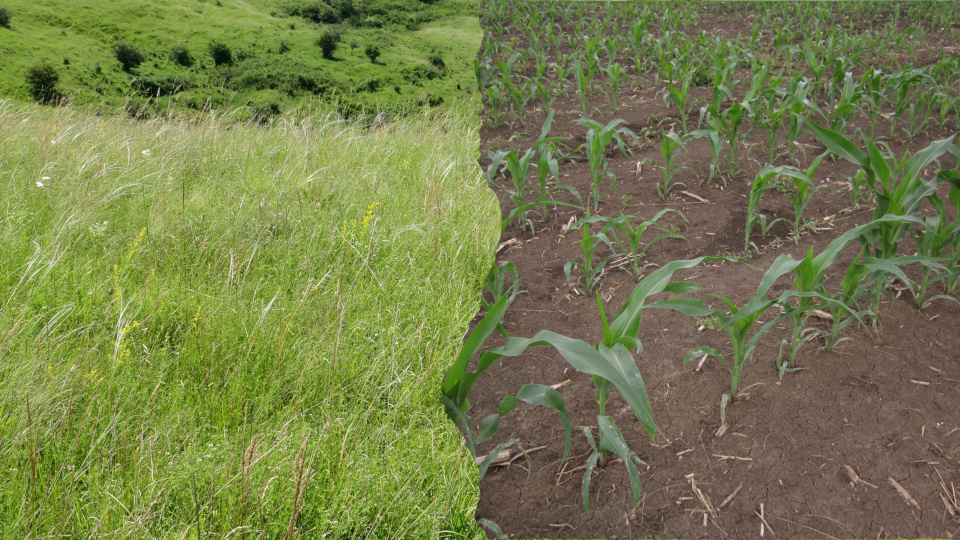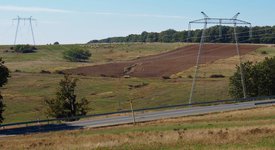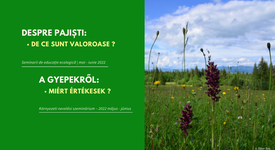What will Romania look like in 2027 if we do not mobilise now for agri-environment and climate?

Romania is under the threat of drought, but we do not have a feasible strategy for adapting to such extreme conditions over the next five years.
The new National Strategic Plan (NSP) 2023-2027 of Romania is far from being the right one, says the European Commission.
We are living in times of extreme heat, drought and water shortages which are having increasingly serious consequences for agriculture. We would expect the Ministry of Agriculture and Rural Development (MADR) to take these extreme conditions seriously and take action. Instead, it is preparing to continue supporting the same practices which are among the main causes of climate change: monoculture plots, irrigation systems, intensive agriculture.
Unfortunately, extensive agriculture and the protection of landscape elements are not given the priority they deserve, even though they are the only solution in the fight against the effects of climate change. They are not only nature-friendly but also contribute to water retention.
There is huge potential in Romania for organic farming, for small-scale farmers (who make up the majority of those involved in agriculture), not to mention the remarkable biodiversity that makes our country unique among EU countries.
The source of healthy animal food is extensive livestock farming. Not only does it use the least amount of energy, but it is also a form of traditional (or even organic) farming that ensures the survival of rural communities and small holdings.
It also ensures good grassland management, which is consistent with current EU climate protection objectives. Pastures and meadows are extremely important for their capacity to retain water and store carbon, for the high levels of humus in the soil, for preventing erosion and for the biodiversity they accommodate.
Yet, the new agri-environment schemes and payments of the new NSP clearly disfavour the subsidies for grasslands compared to those for arable land - lower funding, fewer grassland packages, no specific regional measures and fewer eligible areas. Hence, we were not the only ones to point out these problems, they were also outlined in the letter that the European Commission sent to Romania concerning the NSP.
Even though our organisation participated in the NSP consultations organised by MADR and presented more effective solutions in line with the biodiversity and climate objectives, these were completely disregarded in the final form which was sent to the EU.
All the research and experience we have gained in the field over three decades in protecting nature and high nature value farmlands compel us to ask the MADR to consider the recommendations we submitted during the consultations so far. This is something we strongly insist on, as it is absolutely necessary to devise a more effective strategy for Romania to adapt to the effects of the climate crisis in the years to come.




